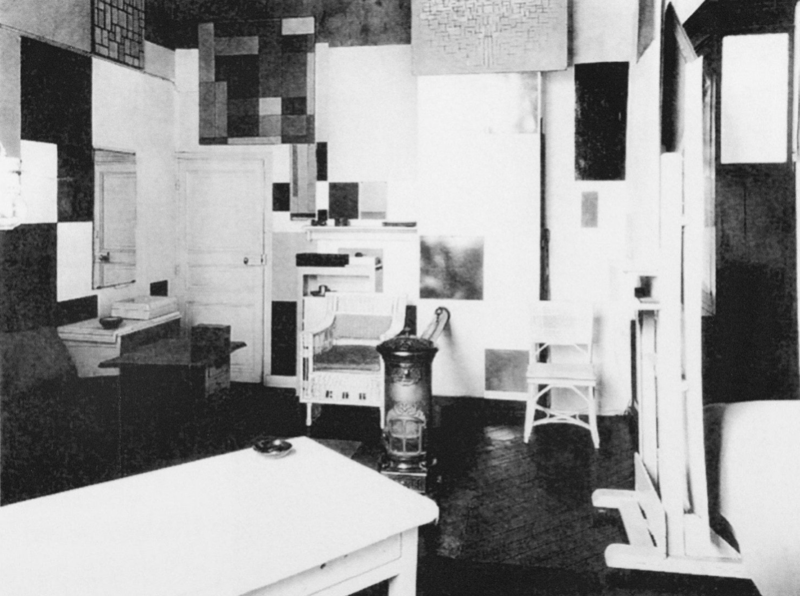
Getting wonderfully lost in art galleries and exploring exhibitions are activities that lie high on the list of those sorely missed during level-five restrictions. The yearning to wander through the intrigue of an art exhibition may be particularly heightened if you, like me, missed the fleeting December viewing of the the first Mondrian exhibition in Ireland, featuring holdings from the Kunstmuseum Den Haag, in the Beit Wing of the National Gallery. Luckily, however, the opportunity to indulge in the world of Mondrian is not completely lost, as the gallery offers an exclusive 25-minute online tour guided by curator Janet McLean, that is accessible until May 4th.
For those who may be unfamiliar with the name, Piet Mondrian was born in The Netherlands in 1872, and encouraged to engage with the arts by his uncle Fritz, a painter. Mondrian began his career in Amsterdam. However, he soon felt the urge to get away from the city. He painted the countryside and was particularly drawn to traditional barns and windmills. Compared to what one might initially imagine a Mondrian to look like, the paintings primarily focused on the tangible. In McLean’s words, the painter was fascinated with harmony and balance in nature and “liked nature to do its talking for him”.
Later on, Mondrian joined art communities in Zeeland, the most Western part of the country. It was here that he was inspired by evening light and the horizon, to him a fascinating thin line where the sky and sand met. The tour explains how in his painting “Church Tower at Domburg”, the style shifts towards a more abstract version of the sky, whilst still exploring the depiction of light at different times of the day.
This may have been a precursor for further changes he was to make in 1911, when he encountered modern art forms by the likes of Braque and Picasso. Confronted with more fragmented styles such as cubism, he decided to move to Paris in 1912.
From then on, Mondrian’s art became less about objects and more about the composition itself – the artist engaged with analytic cubism, playing around with slices, divisions and textured brush strokes. After a family visit to the Netherlands, he could not return to Paris until 1919 due to the First World War, so he joined a local artist community in The Netherlands. Here, he began working with the primary colours and abstract shapes that his art is most recognised for. According to McLean, he reduced all form and detail in his work to “unravel a universal truth” through it, now summarised by the concept of “Neoplasticism”.
To delve further into the life and method of Mondrian, the tour by the National Gallery can be accessed online for a fee of €10. The National Gallery also offers a video tour accompanied by an audio description, and dementia-inclusive in-home resources that can be used by carers or health professionals to discuss a few key pieces of Mondrian’s art.
If your thirst for Mondrian remains unquenched, I implore you to listen to the National Gallery’s podcast episode “Mondrian: Rooms for Manoeuvre” with architect Emmett Scanlon and Mondrian scholar Michael White. The episode explores the relationship between Mondrian’s art and studio, which became enmeshed and thoroughly appropriated by the ingenious touch of the artist.
The virtual Mondrian tour curated by the National Gallery can be accessed here.






